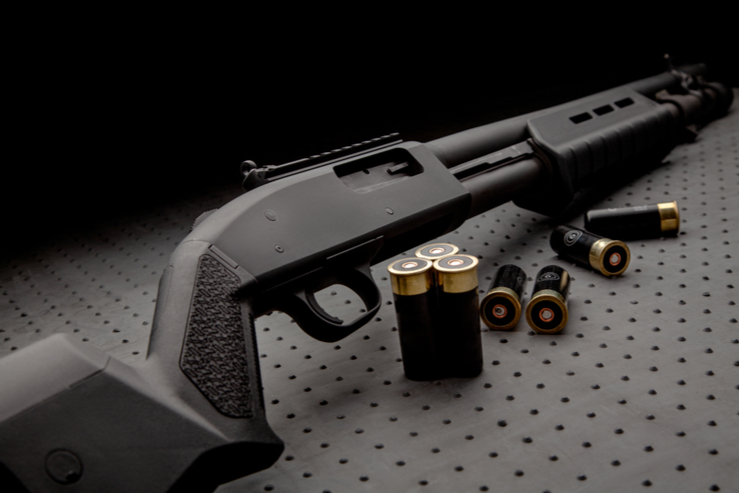
America has seen an unprecedented spike in homicides. Not surprisingly during the same year, many cities defunded the police. Peter Moskos reports:
The rise in murders in the U.S. in 2020 was unprecedented. Complete nationwide data for the year won’t be available until September, but we already know that in 70 cities and counties that account for a fifth of the U.S. population, the murder rate rose by 35%. The largest previous increase on record was 13% in 1968—a year that, like 2020, was marked by civil unrest, often triggered by police misconduct, leading to demands for police reform.
In the years before 2020, the murder rate had begun to edge up after a two-decade decline that reached a historic low in 2014. Even so, it rose just 15% in the next five years combined.
Why was 2020 so dramatically different? Some analysts have pointed to the extraordinary circumstances of the year: the stress of Covid-19 and its lockdowns; the plunging economy and spiking unemployment; a virtual standstill in criminal prosecution; the turmoil in city after city following the murder of George Floyd by police in Minneapolis. Some of these factors mattered less than is commonly thought, but others mattered a great deal, especially in their combined impact on policing.
Murder in America remains a relatively rare event, far below its 1991 peak. In 2020, one was far less likely to be murdered in the U.S. than to die from Covid-19, a drug overdose, a car crash or suicide. In many neighborhoods, murder is almost unheard of. But where it happens regularly, it has a powerful and destructive impact. The residents of such neighborhoods are often poor and disproportionately Black and Hispanic. Over half of all murder victims in America are Black, though Black Americans make up just 12.5% of the population.
Moskos writes of America’s big cities:
New York City, where murder increased 47% in 2020, provides a clear case of how local factors came to a head. City jails that once held over 21,000 people had fewer than 8,000 inmates by 2019. In January 2020, state bail reforms took effect, spurring the release of about 1,000 inmates just before the pandemic began. In April, another 1,500 inmates were released to prevent the spread of Covid in the jails.
Amid the pandemic, the work of the courts slowed and fewer people were detained for committing crimes. New York police officials reported that in 2020 about 40% of those arrested for gun possession were released on their own recognizance, pending indefinitely postponed prosecution. Meanwhile, in the face of rising protests, proactive quality-of-life stops, tickets and arrests plunged by 90% or more, even as routine requests for police intervention rose by almost 50%.
The power of deterrence is often overrated, but the effective withdrawal of so much of the criminal justice system in New York City was bound to have an effect.
Maintaining police morale and numbers has also become a problem. Many city departments have become understaffed as the current atmosphere leads to fewer applicants to join the force and more retirements. Jurisdictions seen as less critical of police officers, such as Bellevue, Wash., and Anne Arundel County, Md., actively recruit officers from nearby Seattle and Washington, D.C., in what are known among the departments as “lateral transfers.”
A number of the cities with the biggest increases in murders in 2020 were associated with particularly controversial policing incidents. Murders increased by 69% in Minneapolis, for example, where Mr. Floyd was killed, and by 99% in Louisville, where Breonna Taylor was shot in a botched police operation. In Seattle, where protests after Mr. Floyd’s death sometimes turned violent and resulted in the creation of an anti-police “autonomous zone,” the murder rate increased 41%.
There are precedents in other cities for police pullbacks in the face of controversy and subsequent spikes in violent crime. In Baltimore in 2015, six officers were charged for the death of Freddy Gray in police custody. After riots led to personnel shortages and a more combative public, proactive policing essentially ended. The 2014 shooting death of Laquan McDonald in Chicago, which was followed by a police and political coverup, led to a new requirement for police officers to complete lengthy forms, subject to official review by the ACLU, for every stop they made. In this environment, police largely declined to stop suspicious people, and violent crime increased.
Civil unrest and calls for police accountability don’t directly cause an increase in murders and other violence. The danger is when antipolice sentiment rises to the point where policing is seen as the primary problem to be solved rather than as an essential part of maintaining public order and safety. Onerous restrictions on the police can lead to the worst of both worlds: poorer policing and more violence.
Action Line: With police departments gutted, you must rely on yourself more than ever. Get your gun and your training now.



